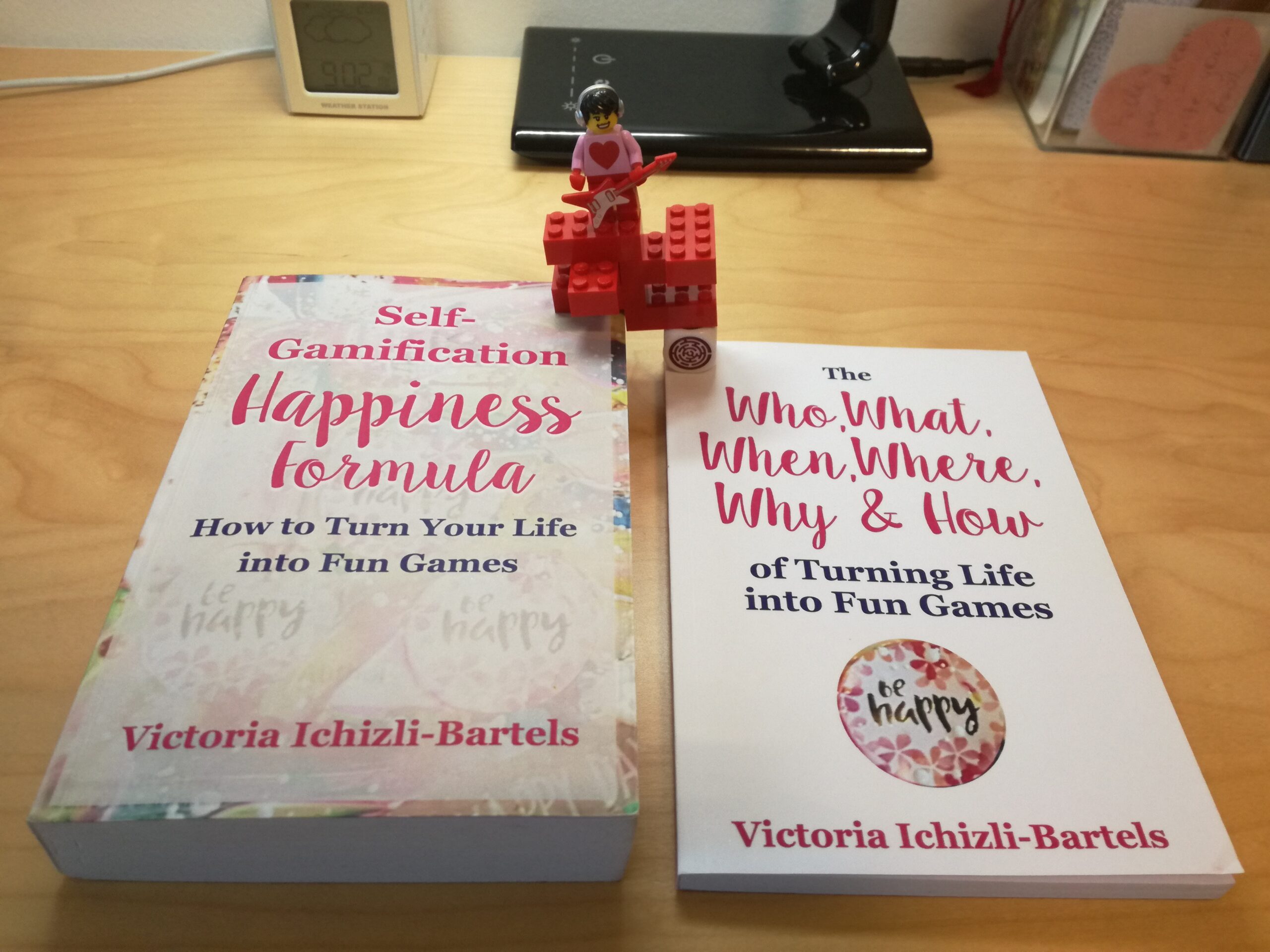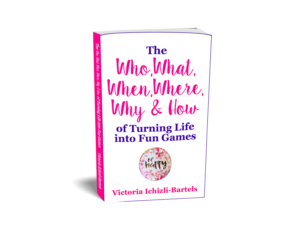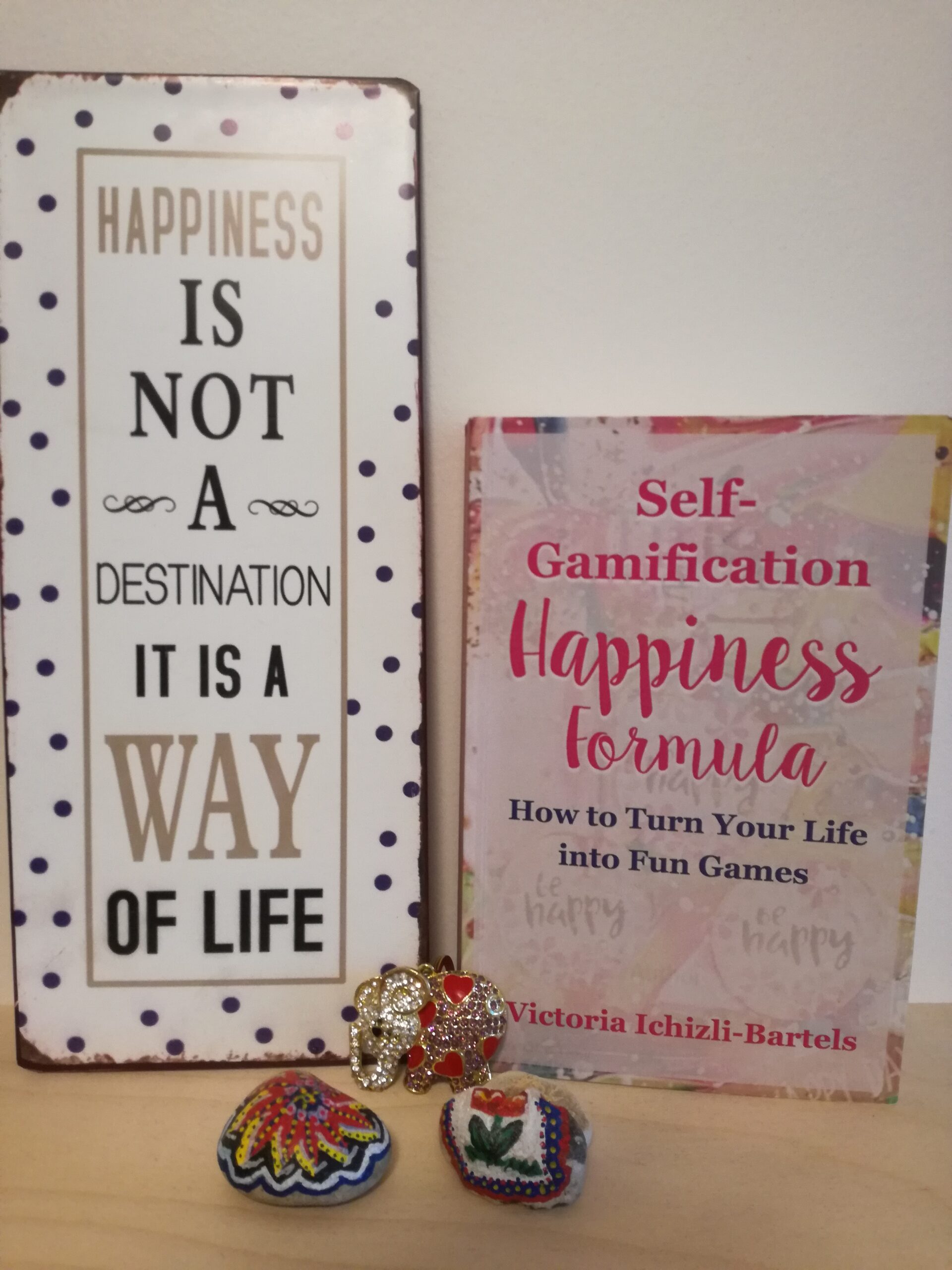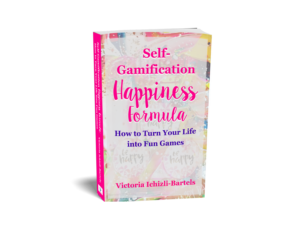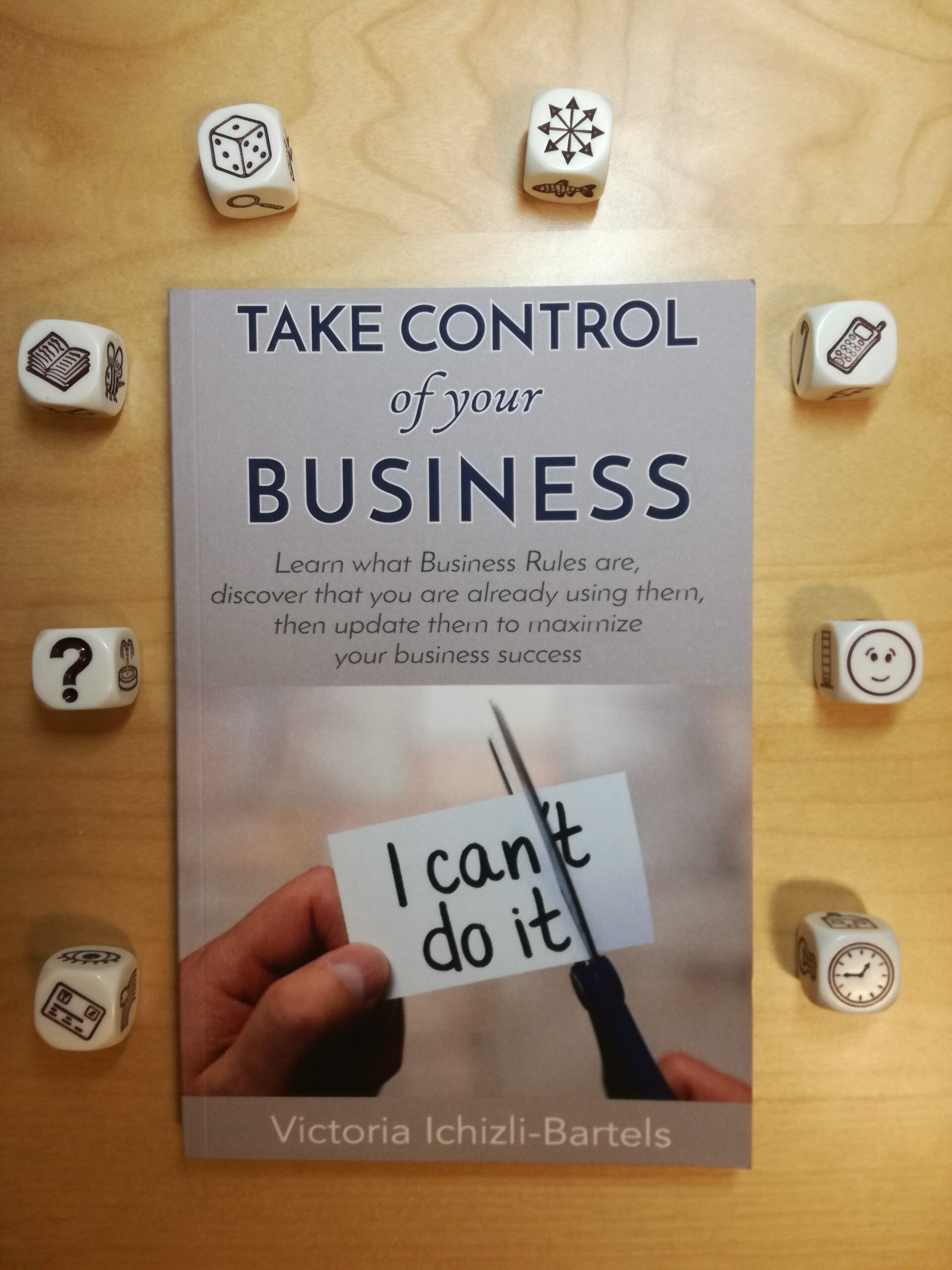
***
Regardless if you own a business or make a part of it as its employee, I guess you care about its success. You are aware of its goals, and you are aware of the goals in your projects.
Defining goals often involves planning the path towards reaching them. However, the exact rules of your business “game” may never be known to you completely because they evolve together with you.
There are games where you don’t know about its goals and rules until you start playing them.
Here is one example:
“A game like Portal turns our definition of a game on its head, but doesn’t destroy it. The four core elements of goals, rules, feedback, and voluntary participation remain the same—they just play out in a different order. It used to be that we were spoon-fed the goal and the rules, and we would then seek feedback on our progress. But increasingly, the feedback systems are what we learn first. They guide us toward the goal and help us decode the rules. And that’s as powerful a motivation to play as any: discovering exactly what is possible in this brand-new virtual world.” — Jane McGonigal, Reality is Broken
***
Businesses are like games
Running a business or managing a project is often such a game — you find the rules and some of its goals during play.
It can appear daunting, but there is one great fact about the goals and rules in a business or project game. You are not only the game’s player, but you are also its designer or at least co-designer. You can define your own goals, rules, and reporting (feedback) system or adjust those already in place so that the project or task at hand excites you to engage in it.
In some business areas and comprehensive programs and projects, the rules defining how to reach the business’s and projects’ goals got the following term: business rules.
I learned about business rules in a community implementing an international technical standard but discovered that I also had many business rules as an author and entrepreneur. This concept is handy in defining and maintaining the knowledge base of all decisions and choices I make along building my business and pursuing various projects.
***
An idea
To help others understand and use the business rules concept, I came up with an anagram to define various types or categories of business rules for any business or project. I described this anagram and ten categories I defined in a book called Take Control of Your Business: Learn What Business Rules Are, Find Out That You Already Know and Use Them, Then Update Them Regularly to Maximize Your Business Success.
Click on the link with the book’s title above or on the image below to view and buy it on Amazon:
If you want to see where else you can buy it, then go to the book’s page on this website here.
Alternatively, you can subscribe to my page, Optimist Writer, on ko-fi for $5 a month, and besides supporting what I do, you will also get access to all my motivational books, which I share there once a month or each time a book is out. Right now, you can get access to four of my books there — one upon subscription or one-time support, and three in the posts solely for subscribers. Take Control of Your Business will appear later this year or upon explicit request from subscribers.
***
Enjoy discovering and developing the rules of your business and project games!

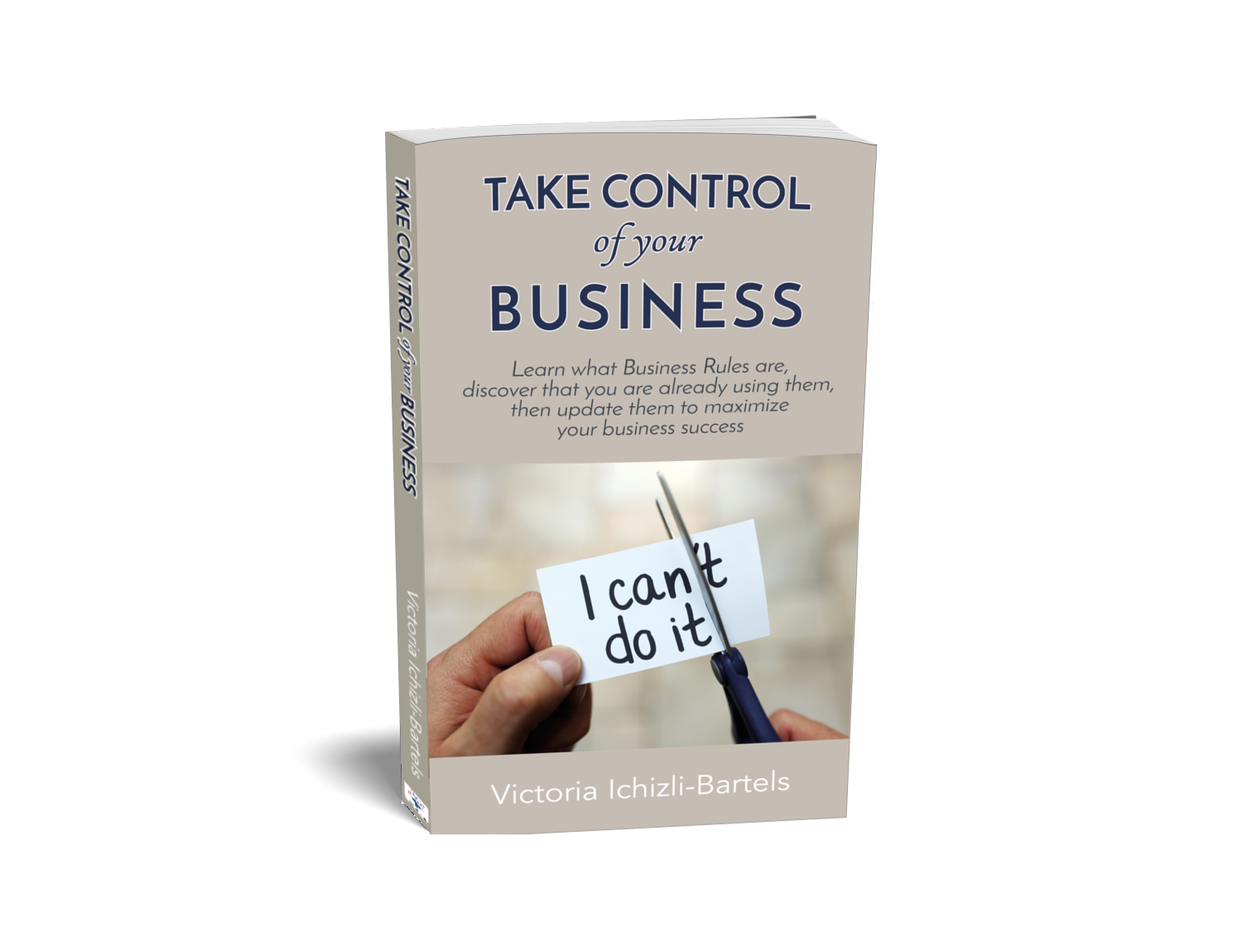

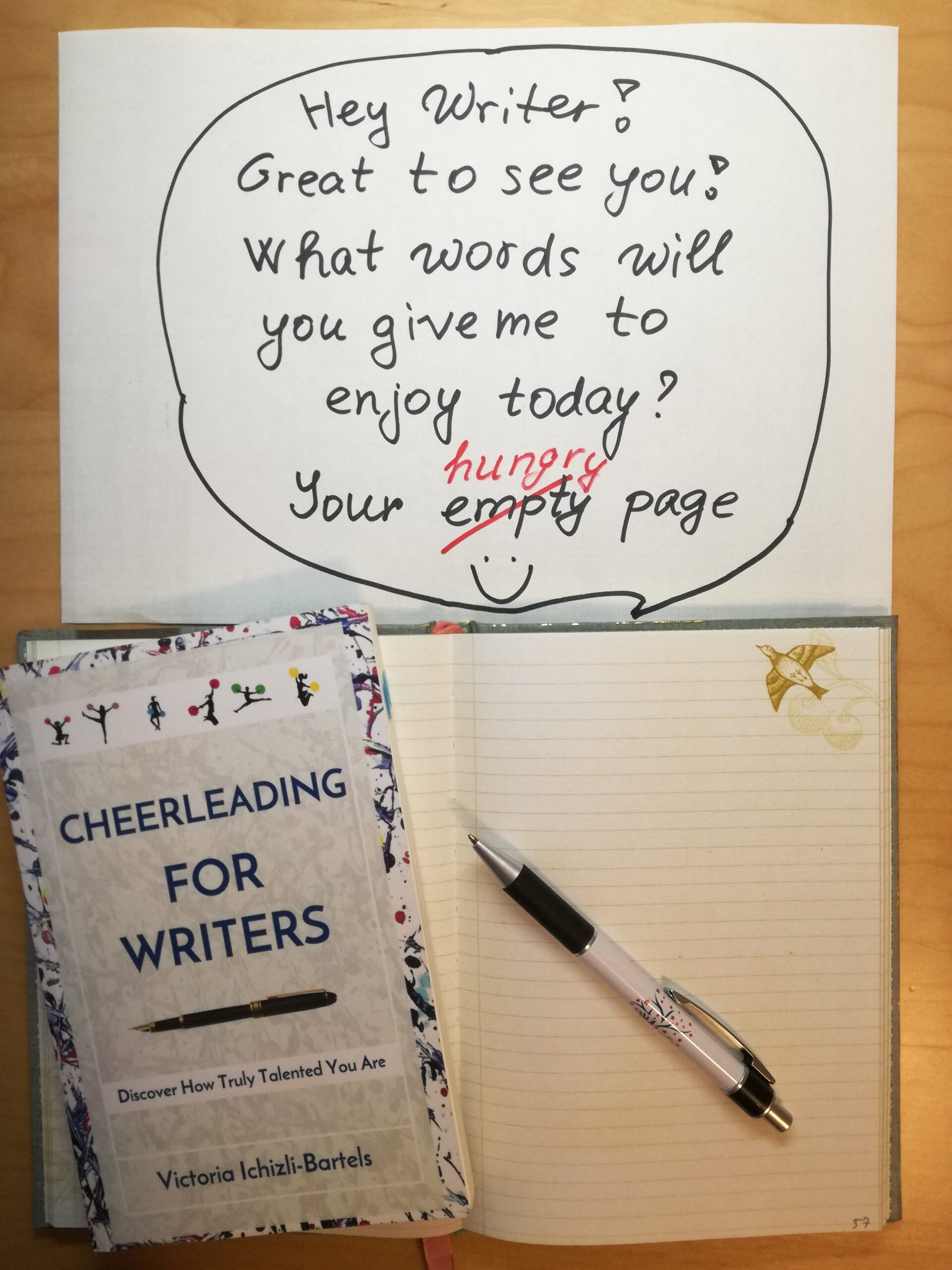

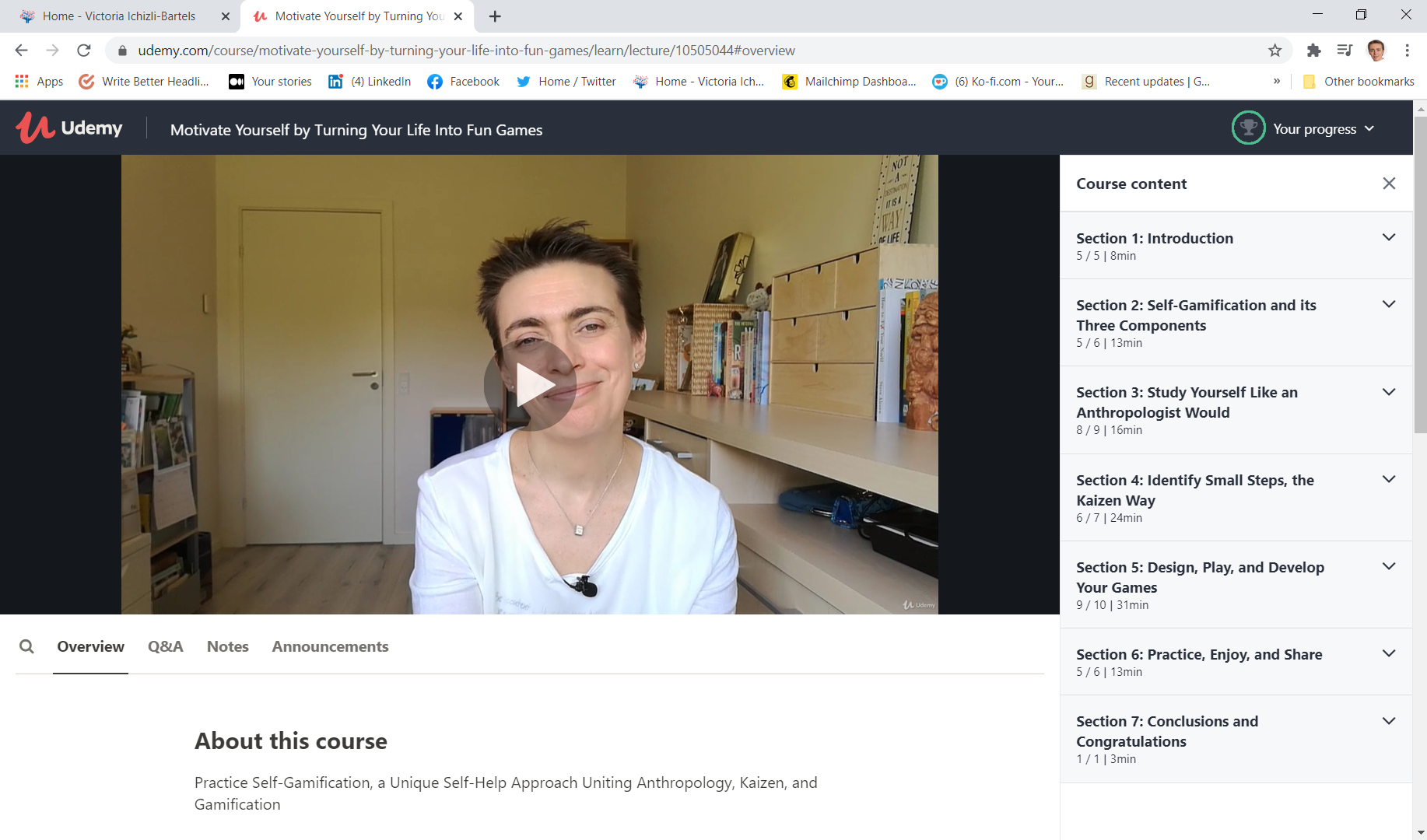 Screenshot by the author
Screenshot by the author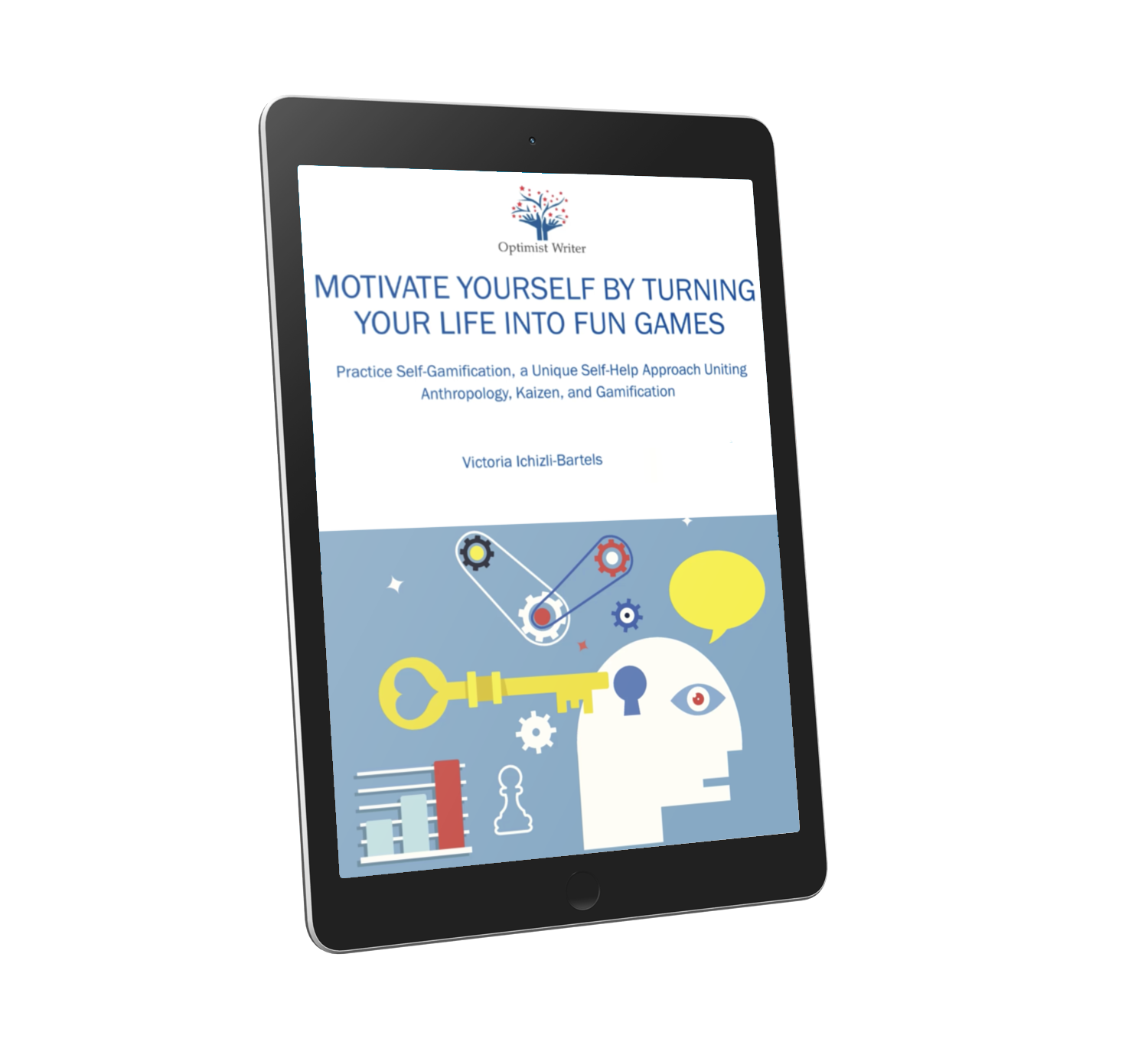 Image by Alice Jago
Image by Alice Jago